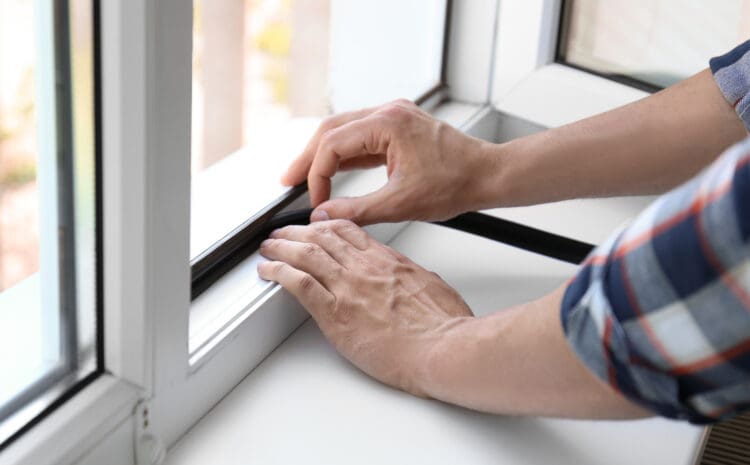
Winterizing Your Home: Essential Tips to Stay Warm and Save Energy
Winter can be a beautiful season, but it also brings chilly temperatures and increased energy bills. To keep your home comfortable and energy-efficient during the colder months, it’s essential to prepare and winterize your home. In this article, we’ll explore some valuable tips to help you get your home ready for winter.
1. Seal Leaks and Drafts:
The first step in winterizing your home is to identify and seal any air leaks and drafts. Common areas for leaks include windows, doors, electrical outlets, and gaps around pipes. Use weatherstripping, caulk, or draft stoppers to seal these openings and prevent cold air from infiltrating your home.
2. Insulate Attic and Walls:
Proper insulation is key to maintaining a warm and energy-efficient home. Insulate your attic and walls to prevent heat loss. Consider upgrading to energy-efficient insulation materials like fiberglass or spray foam if needed.
3. Service Your Heating System:
Before the winter season arrives, schedule a professional inspection and maintenance service for your heating system. This will ensure that it’s running efficiently and safely. Don’t forget to change your furnace filter regularly throughout the winter.
4. Programmable Thermostat:
Invest in a programmable thermostat if you don’t already have one. This allows you to set specific temperatures for different times of the day, optimizing energy usage and keeping your home comfortable.
5. Reverse Ceiling Fans:
If you have ceiling fans, reverse their direction to clockwise during the winter. This pushes warm air down, helping to distribute heat more evenly throughout the room.
6. Clean and Inspect Chimney and Fireplace:
If you have a wood-burning fireplace, have your chimney cleaned and inspected annually. Ensure that the damper is tightly closed when the fireplace is not in use to prevent drafts.
7. Check for Insulated Windows:
Consider upgrading to insulated windows if you have single-pane or old, inefficient windows. Alternatively, you can use window insulating film or add heavy curtains to reduce heat loss.
8. Insulate Pipes:
To prevent frozen pipes, insulate any exposed pipes in unheated areas like basements, crawlspaces, or garages. Use pipe insulation or heat tape to keep the pipes warm.
9. Clear Gutters and Downspouts:
Remove leaves, debris, and ice from your gutters and downspouts to prevent ice dams. Proper drainage ensures that melted snow and ice flow away from your home’s foundation.
10. Stock Up on Emergency Supplies:
In case of power outages or extreme weather conditions, have essential supplies on hand. This includes flashlights, batteries, blankets, non-perishable food, and bottled water.
11. Roof Inspection:
Inspect your roof for any damaged or missing shingles. Replace or repair them to prevent leaks and water damage during winter storms.
12. Outdoor Faucets and Hoses:
Disconnect and drain outdoor hoses and shut off the water supply to outdoor faucets. This prevents freezing and potential pipe damage.
13. Trim Trees and Branches:
Trim any overhanging tree branches that could become heavy with ice or snow and potentially damage your home or power lines.
14. Check Carbon Monoxide and Smoke Detectors:
Test your carbon monoxide and smoke detectors to ensure they are functioning correctly. Replace batteries if necessary, and consider installing detectors in all bedrooms.
15. Prepare for Snow Removal:
If you live in an area prone to heavy snowfall, make sure you have the necessary tools for snow removal, such as a snow shovel, snow blower, or ice melt.
Conclusion:
Winterizing your home is essential for keeping your family comfortable and saving on energy costs during the colder months. By following these tips and adequately preparing your home for winter, you can enjoy a warm and cozy living space while reducing the risk of potential winter-related issues. A well-prepared home not only keeps you comfortable but also helps protect your investment and ensures your safety during the winter season.